Review of techniques to decrease porosity in C-C composites
A focus in combustion applications
Alex Pawlowski
MSE 652 High Performance Fibers
24 November 2015


slides.com/alexpawlowski/c-c-piston/live
Overview
- Motivation
- Problem of Interest
- Review of Literature
- Steps Forward
Review of techniques to decrease porosity in C-C composites
A focus in combustion applications
Motivation
- Regulatory push to decrease oil use mandates 54.5 mpg by 2025
- Concurrent safety push and size growth of vehicles
complicates ability to
lightweight with
current materials - Recent Combustion
environments push
boundaries of
engineered materials
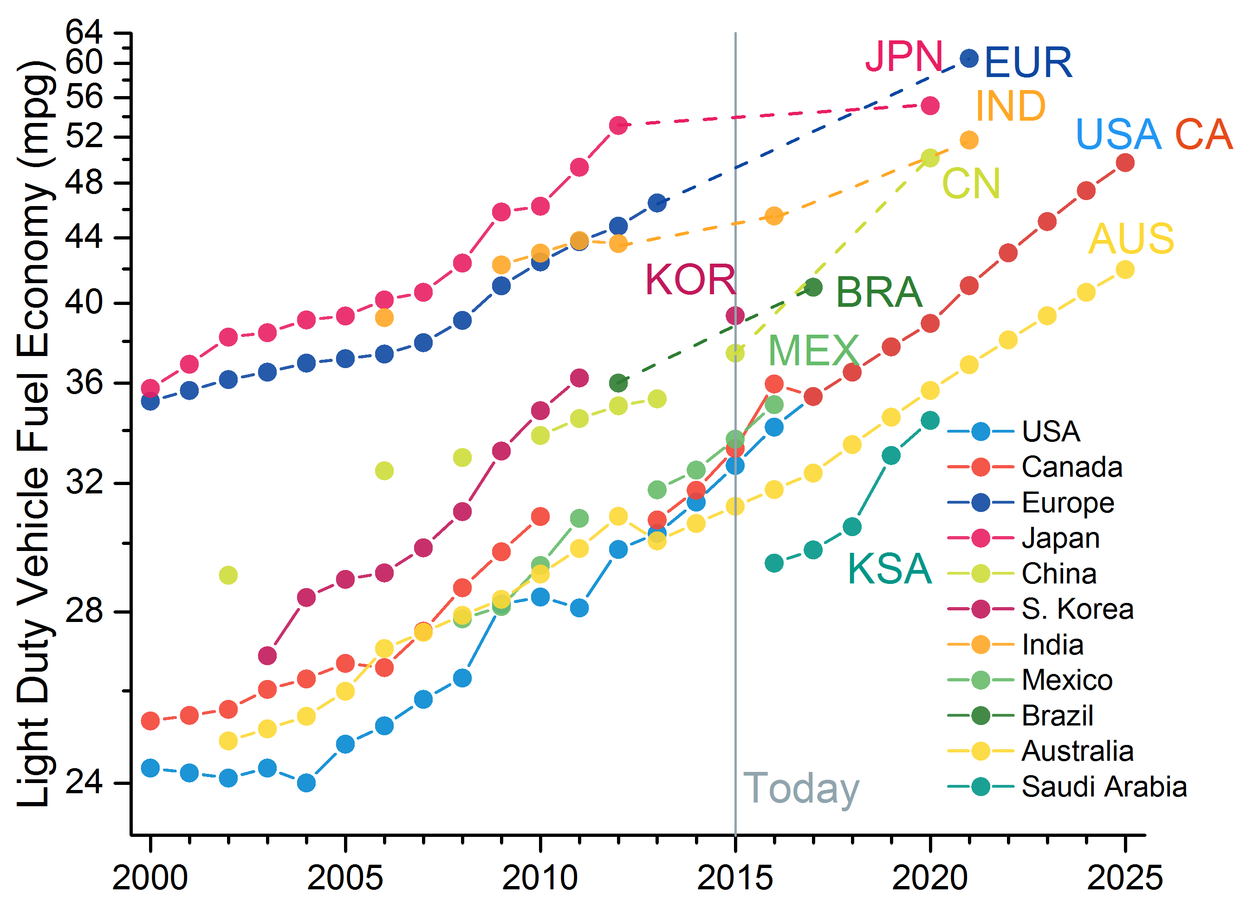
Review of techniques to decrease porosity in C-C composites
A focus in combustion applications
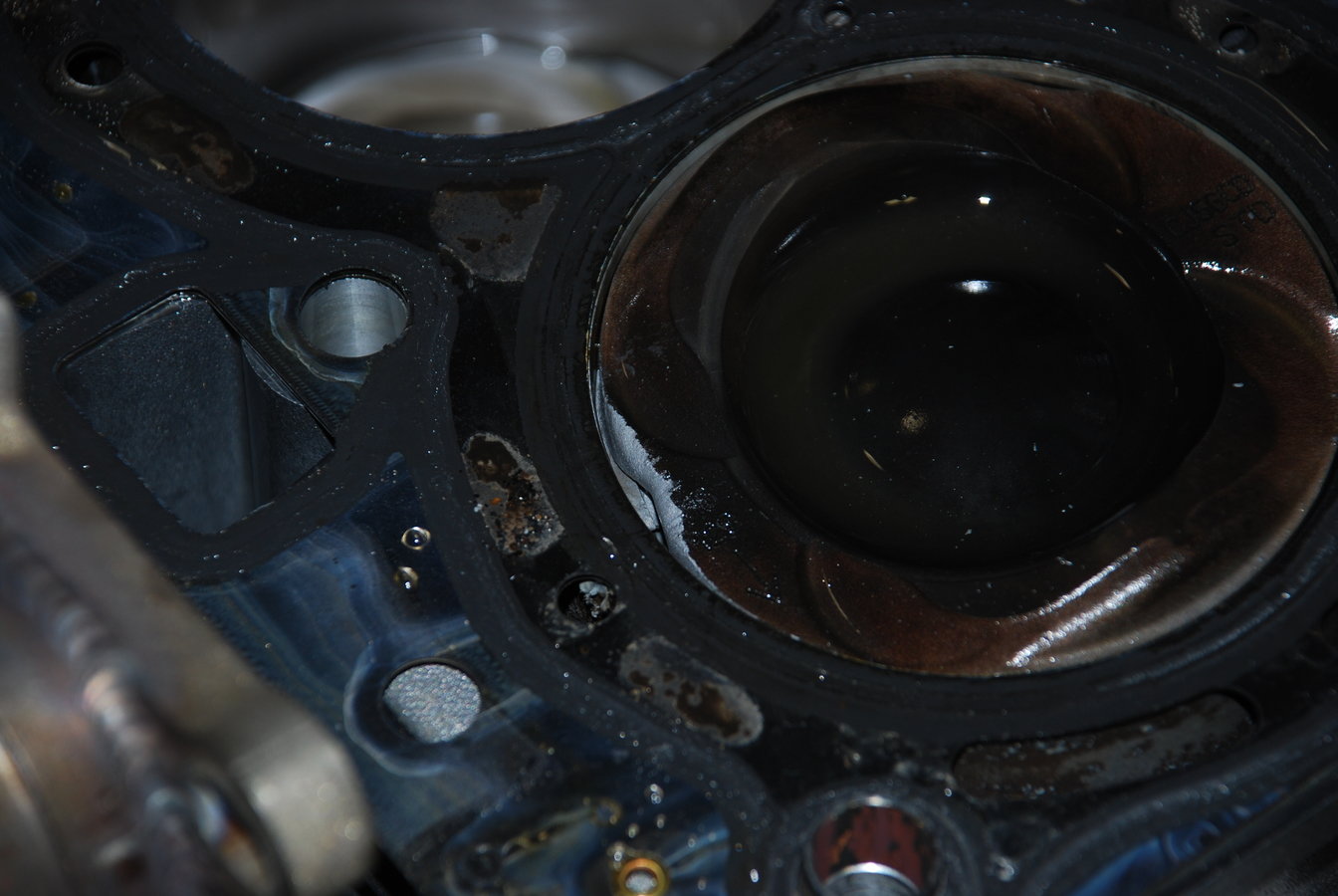
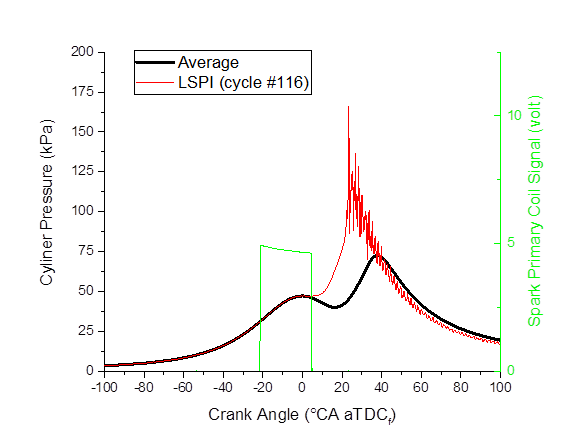
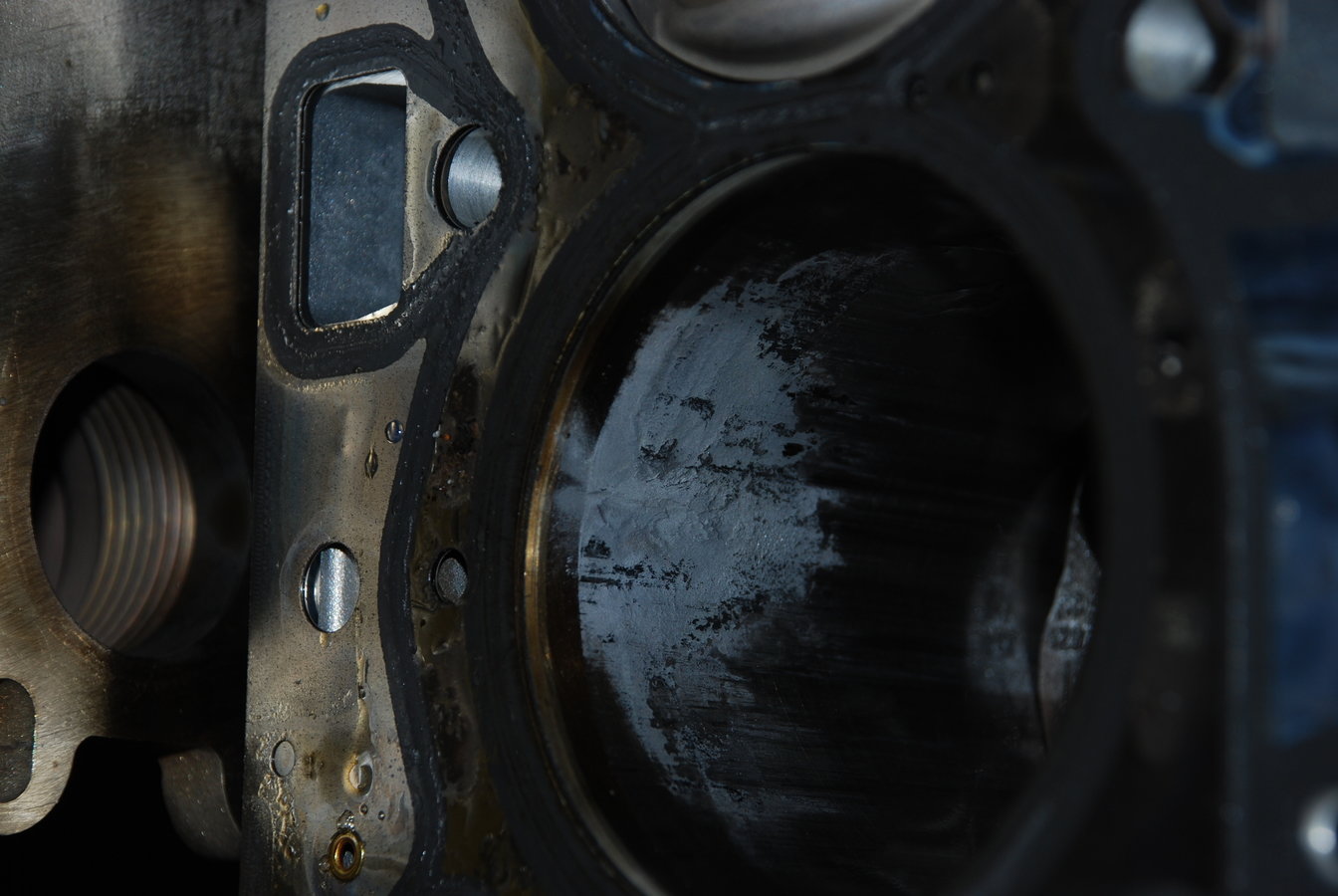
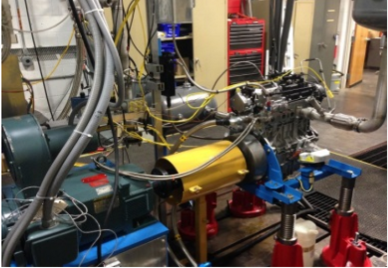
Review of techniques to decrease porosity in C-C composites
A focus in combustion applications
Problem
- In 2000, Cosworth pursued a C-C piston concept to assess:
- emissions
- volumetric efficiency
- detonation sensitivity
- results
- able to increase operating temperature --> potential fe gain
- poor porosity
- absorbed / desorbed HC
Emissions and Performance of a Carbon Fiber Reinforced Carbon Piston SAE 2000-01-1946
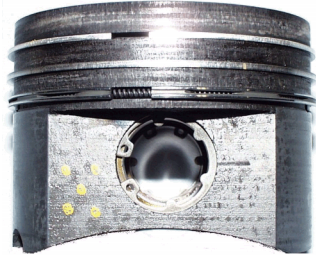
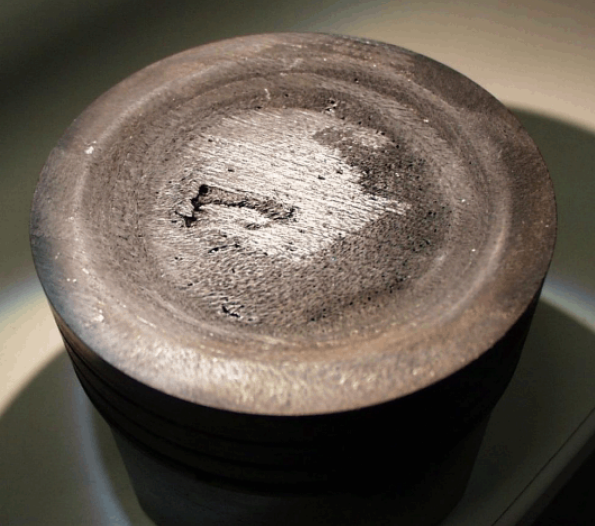
Review of techniques to decrease porosity in C-C composites
A focus in combustion applications
Review
- C-C composites are layup of C fiber meshed with C fiber precursor (typically PAN) that has been graphitized to produce a near net shape
- large strength-to-weight ratio
- great retention of strength at high temperatures
2
- begin to oxidize above 500°C
- ceramic coatings ('90s) provided protection, but CTE mismatch cause crackings
2
Review of techniques to decrease porosity in C-C composites
A focus in combustion applications
Advances in porosity control
| Authors, years | Scope | Matrix Details | Coating | Key Findings |
|---|---|---|---|---|
| Seabrook & Fry, 2000 | Engine Piston | Needled felt (arranged in the piston axis direction) crown stitched to needled felt (radial direction) skirt | AE 072 polymeric coating applied to the skirt and bronze bushes fitted to the pin holes – assist the porous matrix to support an oil film in critical highly loaded regions | Matrix erosion along top surface, heavy porosity Delamination around the crown Porous matrix led to fuel absorption / desorption |
| Y. Wang et al., 2012, Y. Wang et al., 2012a | Coating performance | HfC | Strong ablation resistance of C matrix. HfO2 oxide formation (under ablation) protects C matrix from oxidation and erosion | |
| Zeng et al., 2012 | Coating performance | Zr-Ti | ZrO2 formation under ablation led to preferential bonding over C matrix to C fiber, causing delamination to happen over cycles | |
| Snell, Nelson, & Molian, 2001 | Laser-induced coating deposition (LICD) | Si3N4 and IrCl3 | Chlorine compounds formed during LICD process “poison” active sites of C (where H bonds are present) where Oxygen attack occurs. Oxygen still penetrates at sufficient rates to be detrimental, proving harder to oxidation. | |
| Smeacetto, Salvo, & Ferraris, 2002 | Oxidation protective multi-layer | β-SiC CVD 1st : SABB + 2nd: SABB + |
Coating protected C-C composite for 100h up to 1200°C and for 150h at 1300°C |
B_4C
B4C
Y_2O_3
Y2O3
Review of techniques to decrease porosity in C-C composites
A focus in combustion applications
Steps Forward
- Advanced combustion technologies to address fuel economy targets require more from engine materials
- increased willingness to pay by automakers for mpg
- Steps to use CFRP of low thermal areas has already begun
- C-C use in high-performance brakes continues to trickle into high performance auto market and costs are lowering
- HfC coatings and multilayer SABB could be key paths forward to C-C composite use pending cost add
Review of techniques to decrease porosity in C-C composites
A focus in combustion applications
c-c-composite-piston
By Alex Pawlowski
c-c-composite-piston
MSE 652 High Performance Fibers UTK
- 1,013



